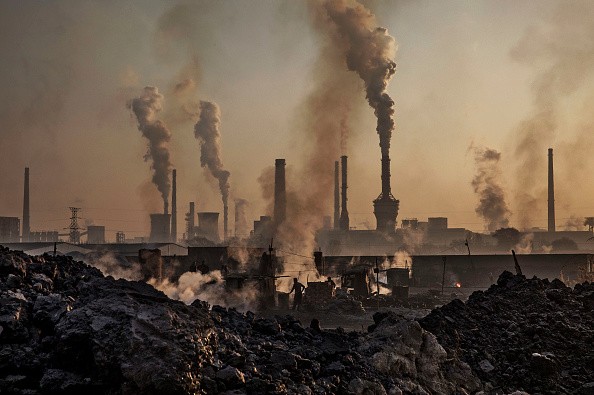The demand for industrial metals is expected to surge next year, with China maintaining its role in defining the prices, an article by the Australian Financial Review said.
According to the report, the U-turn in China's economic policy last year has brought changes to the industrial metal sector, exceeded expectations, and affected the price of precious metals.
Next year, it is expected that the country will bring more surprises to the sector.
At the same period last year, copper was traded in London at $4500 per ton, the lowest level since the global financial crisis of 2008-2009 while iron ore also dropped below $40 per ton for the first time.
China said that the "supercycle" has ended to give way to fixed asset investment, which would become the "new normal" to be determined by consumers rather than the construction business.
But the country changed its policy and reverted to its so-called "old normal," where government poured in money to traditional investments in construction and property development.
By February, investment in real estate, which had been slowing for two years, picked up and reversed the trend.
At about the same time in March, the metals index at the London Metal Exchange bottomed out as iron ore traded at above $60 per ton.
At the local iron ore and steel futures markets, retail Chinese investors entered, inflating the volume and raising the prices of both iron ore and steel.
In March, the price of spot iron ore climbed by about 20 percent to $62.60, the first time in response to local exchange prices.
Although Chinese authorities raised the margins and trading fees to drive them, retail investors continued with their call. Currently, the iron ore price is traded at $80 per ton.
On base metals, retail investors made a similar call in the past eight months. Last month, the volume of aluminum traded an all-time high record on the Shanghai futures Exchange (ShFE). The second highest on record were zinc volumes and tin.
In November, more than 10 million tons of base metals were traded, which equal almost the entire world market's annual tonnage. All metals have also recorded sharp price increases. But again, Chinese authorities raised the margins and trading fees to limit the retailers.
Members of the ShFE were also cautioned to be "well prepared for risk prevention" as well as to "remind investors to prudentially judge information from the market and make rational investment."
The report said that the price of metal, which was once driven by Chinese fundamentals, is now shaped by both fundamentals and funds.
However, the effects of China's policy on providing stimulus to real property sector resulted in property bubbles in top cities.
But the government is now working to control its effects, the report said.
A statement issued by top policymakers at the end of the Central Economic Work Conference thus read: "Houses are for people to live in, not for people to speculate."
The government's campaign to curb air pollution caused by its huge industrial production sector is also seen as a new potential driver for metals prices.
Last week, authorities asked 23 cities in northern China to issue red alerts as inspection teams scoured the country, closing and giving remedial actions to pollution offenders.
The government's self-declared "war on pollution" may have unpredictable results for the metals production sector of the country, which remains to be seen in the next year.



























